Hi there, pet lovers! 🐟
Barbs are among the most dynamic and colorful freshwater fish species, beloved for their energy, resilience, and social behaviors. Whether you’re a beginner setting up your first community tank or an experienced aquarist looking for a lively addition, Barbs can bring personality and vibrancy to your aquarium.
In this comprehensive review, we’ll explore everything you need to know about Barbs — from their temperament and care needs to their diet, health, and cost. With over 2,000 species in the Cyprinidae family, Barbs range from the playful Tiger Barb to the elegant Denison Barb, each with its own charm. This guide will help you decide if Barbs are the right fit for your aquatic setup.
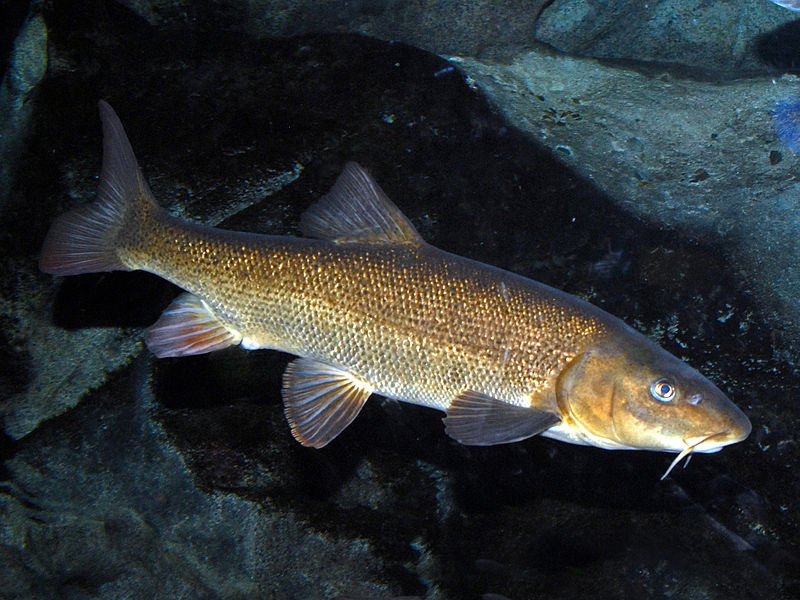
Overview
Barbs are small to medium-sized freshwater fish native to Africa and Asia, inhabiting slow-moving streams and rivers. They are known for their vibrant colors, schooling behavior, and playful temperament. Most species are hardy and adaptable, making them suitable for a wide range of aquarists.
Here’s a quick summary of what makes them stand out:
- Temperament and Behavior: Active, social, and sometimes semi-aggressive, especially in small groups.
- Care and Maintenance: Easy to moderate — hardy but require clean, well-maintained water.
- Health and Durability: Generally robust and disease-resistant with proper care.
- Availability: Readily available in most aquarium stores and online.
- Cost: Very affordable for both fish and tank setup.
- Overall: A colorful, active, and fascinating choice for community aquariums when kept in proper groups and conditions.
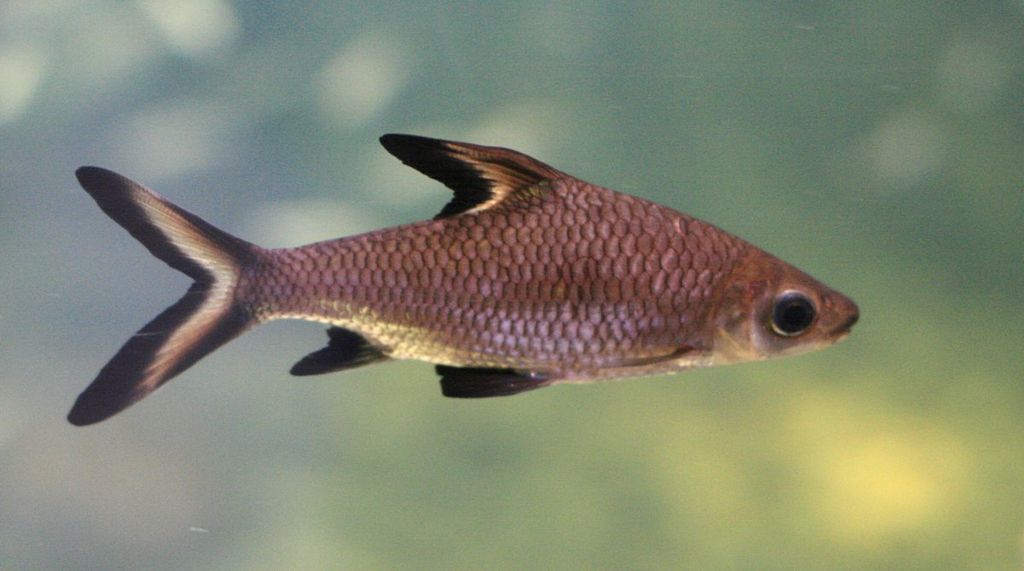
Why Choose a Barb?
Barbs are ideal for aquarists seeking energetic, visually striking fish that bring constant movement to their tank. They thrive in schools, displaying natural shoaling behaviors that are both entertaining and beautiful to observe.
Their adaptability makes them perfect for a variety of setups — from simple freshwater aquariums to planted tanks. Barbs are also known for their resilience, which makes them great for beginners who are still learning water maintenance and tank dynamics.
Popular species include:
- Tiger Barb (Puntigrus tetrazona): Famous for its bold stripes and lively nature.
- Denison Barb (Sahyadria denisonii): Also known as the Roseline Shark, admired for its red and yellow accents.
- Cherry Barb (Puntius titteya): Peaceful and vibrant red, great for community tanks.
- Tinfoil Barb (Barbonymus schwanenfeldii): Larger species, ideal for big aquariums.
With the right tankmates and setup, Barbs can be a delight to watch and care for.
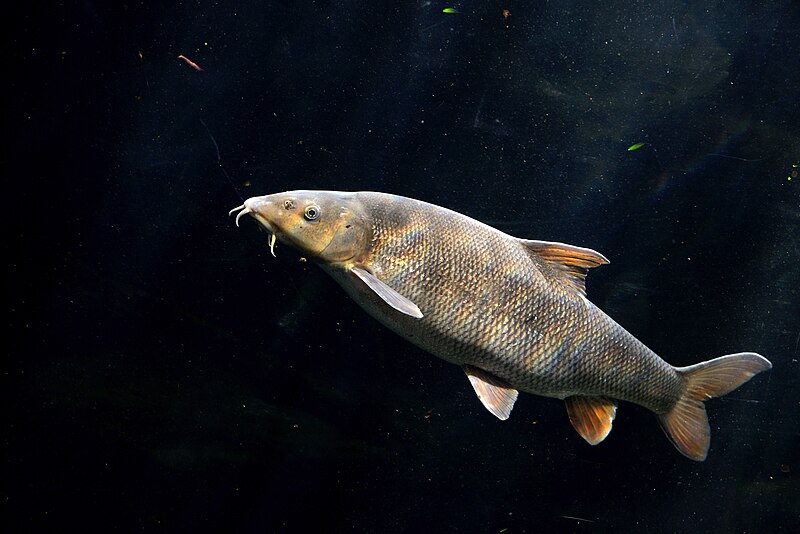
Handling and Temperament
While we can’t physically “handle” Barbs as we would reptiles or small mammals, their temperament and interactions are key to understanding them.
Barbs are active swimmers that enjoy darting around in groups. They establish social hierarchies and often display playful chasing behavior. This makes them fascinating but occasionally feisty.
Personality Traits
- Schooling Nature: Barbs are happiest when kept in groups of at least 6 or more. Fewer numbers may cause stress or aggression.
- Semi-Aggression: Some species, like Tiger Barbs, can nip fins of slower fish (like Bettas or Angelfish).
- Curiosity: Barbs are intelligent, inquisitive fish that often explore every part of their tank.
Best Practices
- Keep them in groups to distribute aggression evenly.
- Avoid housing them with delicate, long-finned fish.
- Provide plenty of open swimming space and hiding spots for balance.
When kept properly, Barbs coexist harmoniously and create a lively, natural display of group behavior.
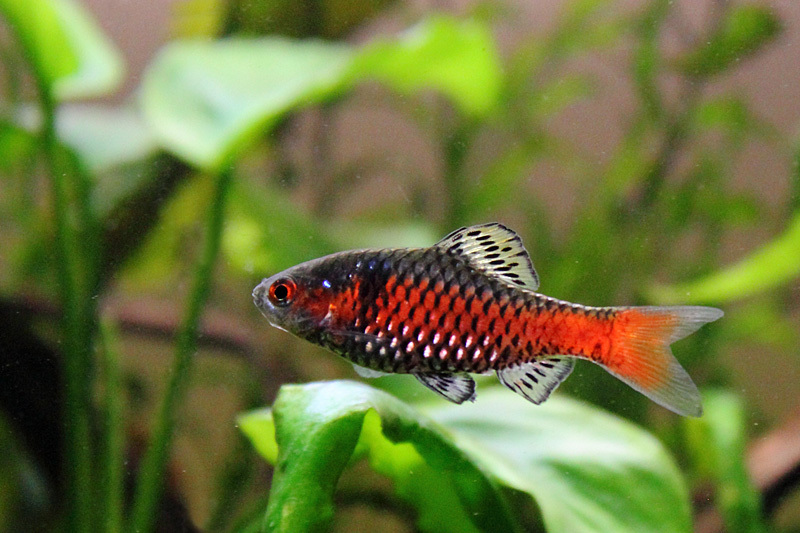
Care and Maintenance
Barbs are relatively easy to care for but do require stable conditions and proper filtration. Their energetic nature means they produce more waste than smaller, calmer species — so tank cleanliness is crucial.
Tank Setup
- Tank Size: Minimum 20 gallons for small species (Tiger, Cherry); 55+ gallons for larger ones (Tinfoil, Denison).
- Aquascape: Barbs prefer a well-decorated tank with plants, rocks, and driftwood. Provide open swimming zones as well as shaded areas for rest.
- Substrate: Fine gravel or sand works best.
- Filtration: A strong filter is essential, as Barbs thrive in well-oxygenated water.
Water Parameters
- Temperature: 74–79°F (23–26°C).
- pH: 6.0–7.5 (slightly acidic to neutral).
- Hardness: 5–15 dGH.
- Water Changes: Perform 25–30% weekly water changes to keep ammonia and nitrate levels low.
Tank Lighting
Moderate lighting works best. Too bright a setup can stress them, especially if there are few hiding spots. Live plants can help diffuse light and maintain balance.
Feeding
Barbs are omnivorous and enjoy a varied diet that keeps their colors vibrant and their energy levels high.
Diet Basics
- Staple Food: High-quality tropical flakes or micro pellets.
- Protein Sources: Frozen or live brine shrimp, daphnia, and bloodworms once or twice a week.
- Vegetables: Blanched spinach, peas, or zucchini slices for fiber and nutrition.
Feeding Schedule
Feed once or twice daily, providing only what they can consume within 2–3 minutes. Overfeeding can cause water pollution, which leads to health issues.
A balanced diet enhances coloration — particularly in species like the Cherry Barb and Tiger Barb, whose hues intensify with good nutrition.
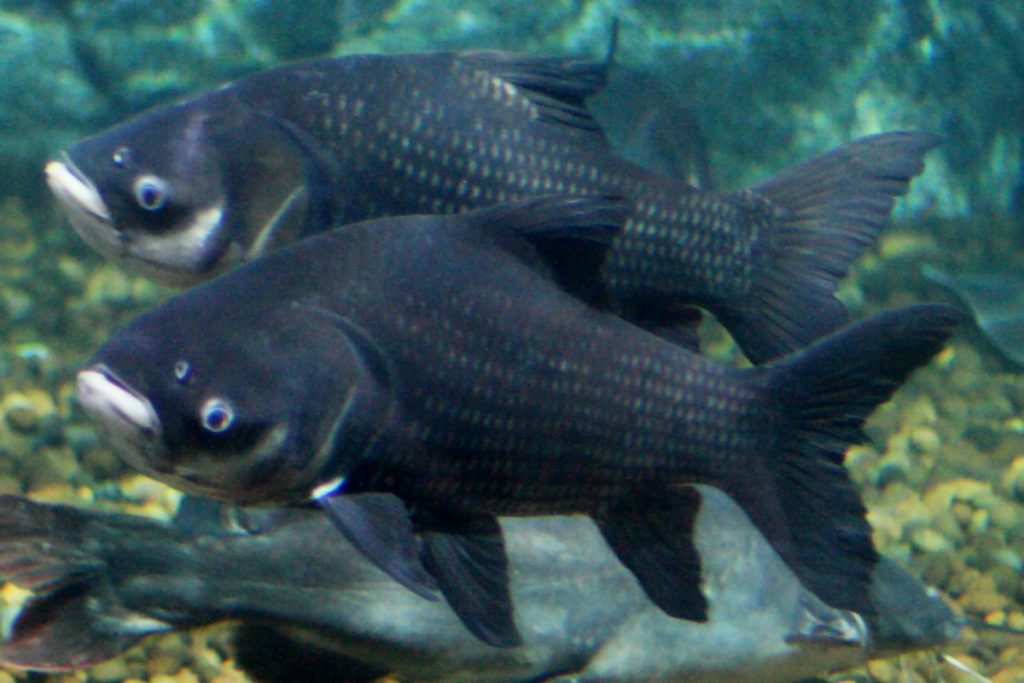
Health and Durability
Barbs are generally hardy fish, capable of adapting to a wide range of environments. However, poor water quality or overcrowding can lead to stress and disease.
Common Health Issues
- Ich (White Spot Disease): Caused by sudden temperature drops or poor water quality.
- Fin Rot: Often triggered by bacterial infection or fin nipping within the group.
- Fungal Infections: Result from injuries or unclean tanks.
Preventative Care
- Maintain stable temperature and pH.
- Avoid overstocking — each Barb needs space to swim.
- Quarantine new fish for 2 weeks before adding them to your main tank.
- Keep a consistent cleaning and feeding routine.
With good care, most Barb species live between 5–8 years, though some (like Denison Barbs) can reach 10 years in optimal conditions.
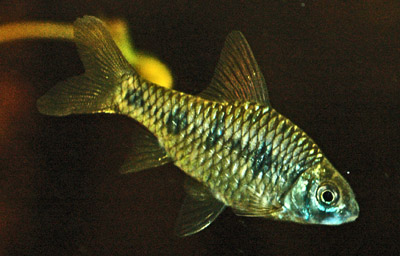
Availability and Cost
Barbs are among the most accessible freshwater fish in the aquarium trade. Their popularity means they’re found in nearly every pet store and online retailer.
Where to Buy
- Local Fish Stores: Usually carry Tiger, Cherry, and Rosy Barbs.
- Online Retailers or Breeders: Better source for rare species like Denison or Odessa Barbs.
- Aquarium Clubs or Expos: Ideal for meeting experienced breeders and finding healthy specimens.
Cost Breakdown
- Fish Price:
- Tiger Barb: $2–$5 each.
- Cherry Barb: $3–$6 each.
- Denison Barb: $10–$25 each.
- Tinfoil Barb: $8–$15 each.
- Setup Cost: Around $100–$150 for a suitable tank, filter, and décor for a small school.
- Maintenance Cost: Moderate — mainly food, water conditioner, and electricity for filtration.
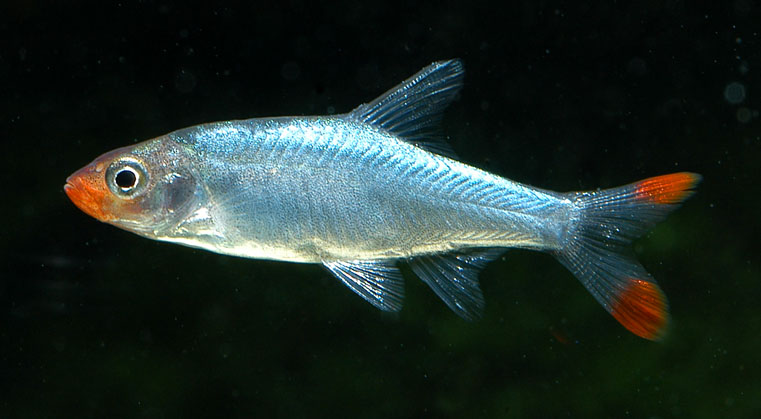
Pros and Cons
Pros
- Hardy and adaptable to various water conditions.
- Active, engaging swimmers that bring life to any tank.
- Wide variety of colors and species to choose from.
- Easy to breed for many types (like Cherry Barbs).
- Affordable and widely available.
Cons
- Some species can be fin-nippers.
- Require schooling groups, so you must buy several at once.
- Need strong filtration due to higher waste output.
- Large species (like Tinfoil Barbs) need big tanks.
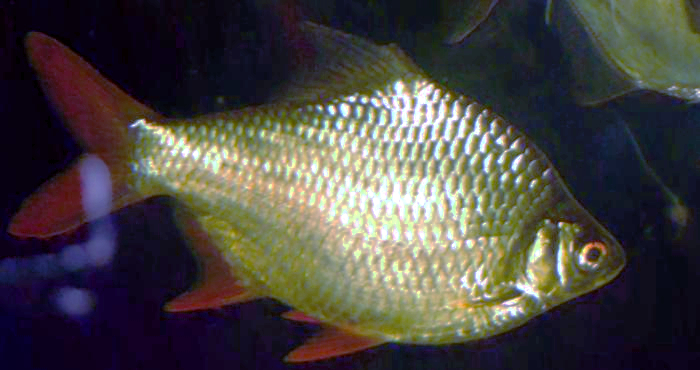
Final Thoughts
Barbs are an excellent choice for anyone looking to add excitement and color to a freshwater aquarium. Their combination of hardiness, activity, and striking appearance makes them one of the most enjoyable fish families to keep.
Whether you prefer the elegance of the Denison Barb, the playfulness of the Tiger Barb, or the gentle nature of the Cherry Barb, there’s a Barb species suited to nearly every aquarist’s taste and tank setup.
With proper care, a balanced diet, and the right companions, Barbs can thrive for years — offering endless movement, color, and charm to your aquarium.
Have you kept Barbs before? Share your experiences and tips in the comments below — we’d love to hear which species you keep and how they’ve brightened your tank!
For more fish care guides and aquarium reviews, stay tuned to our blog and don’t forget to subscribe for updates! 🐠

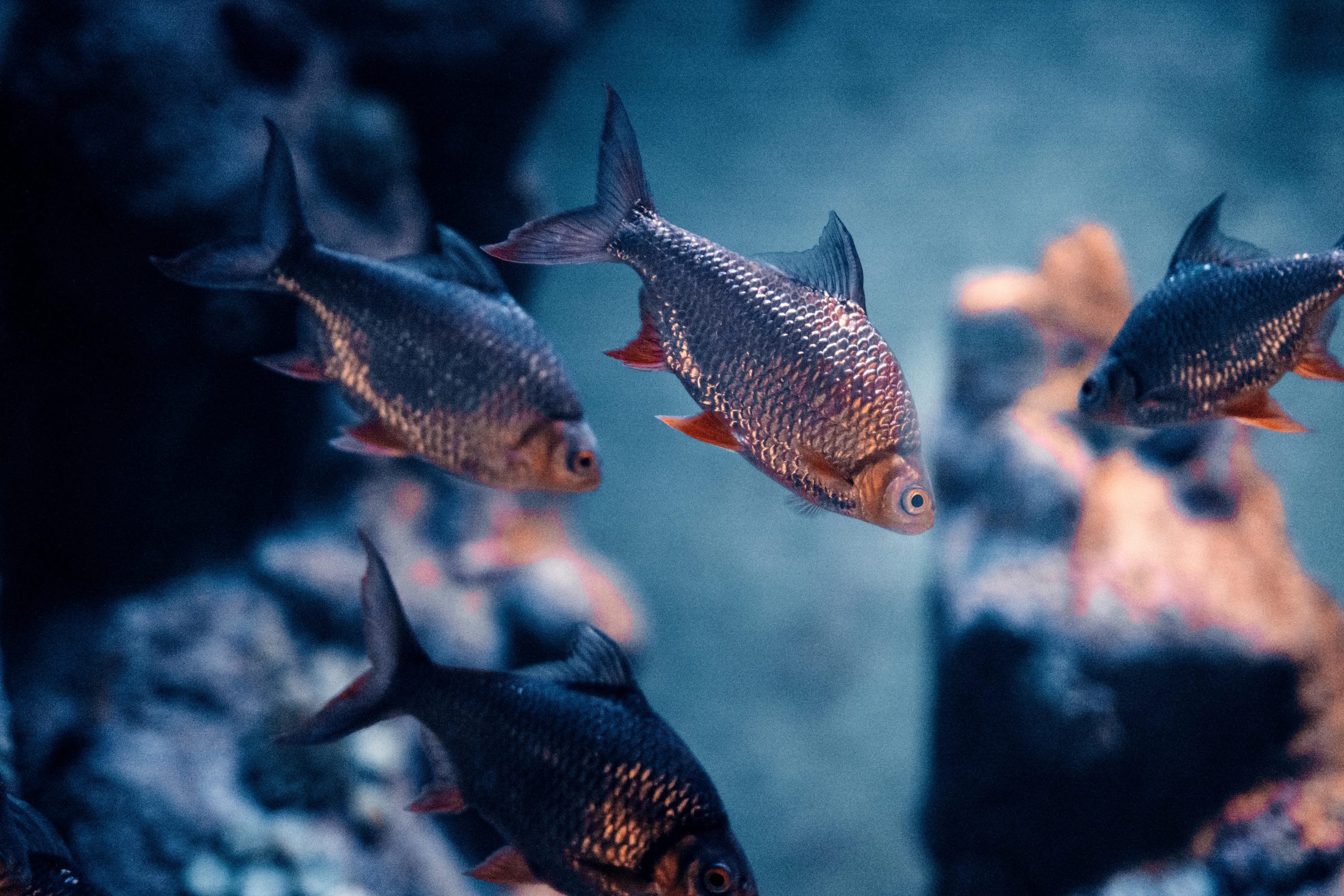

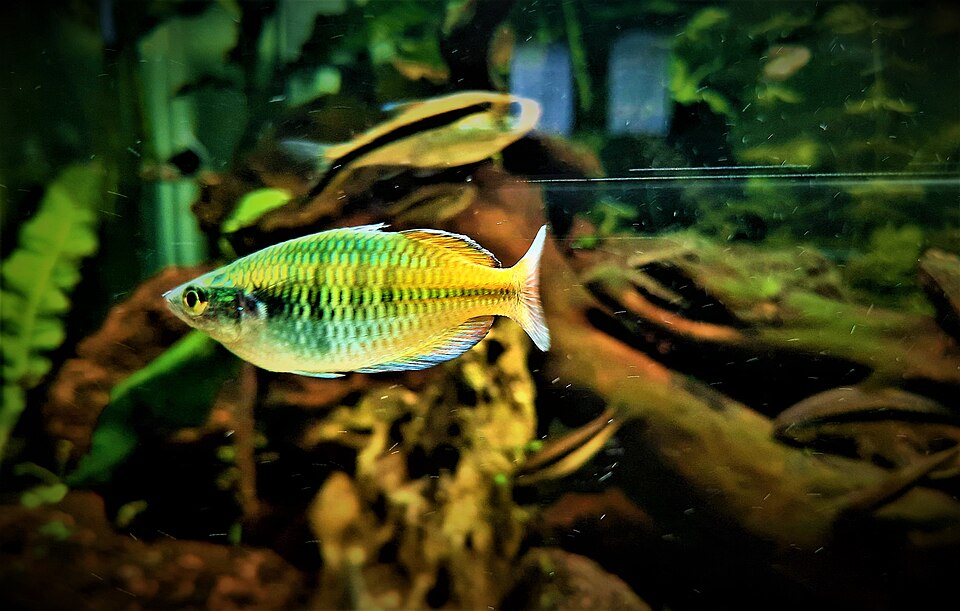
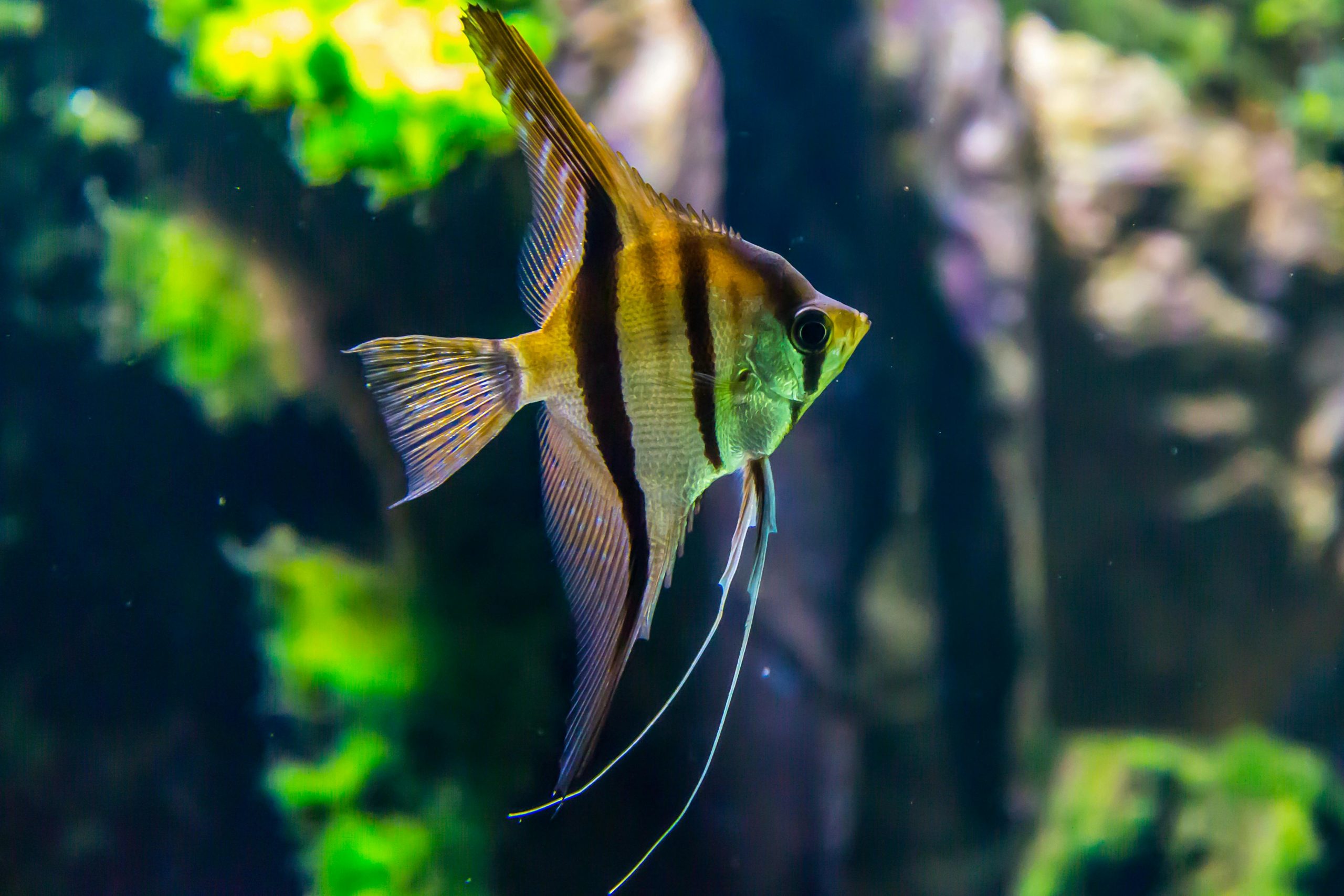
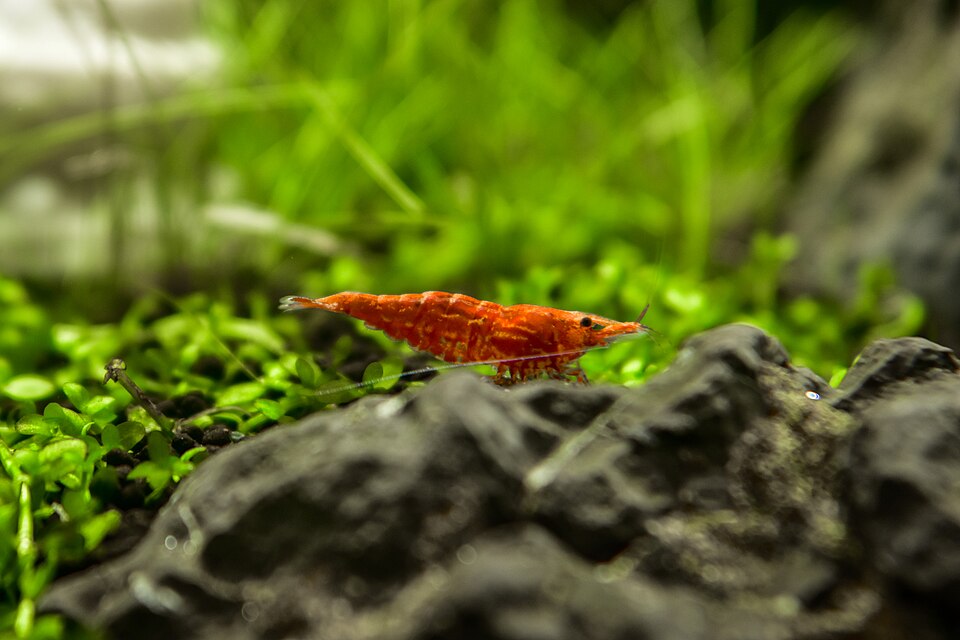

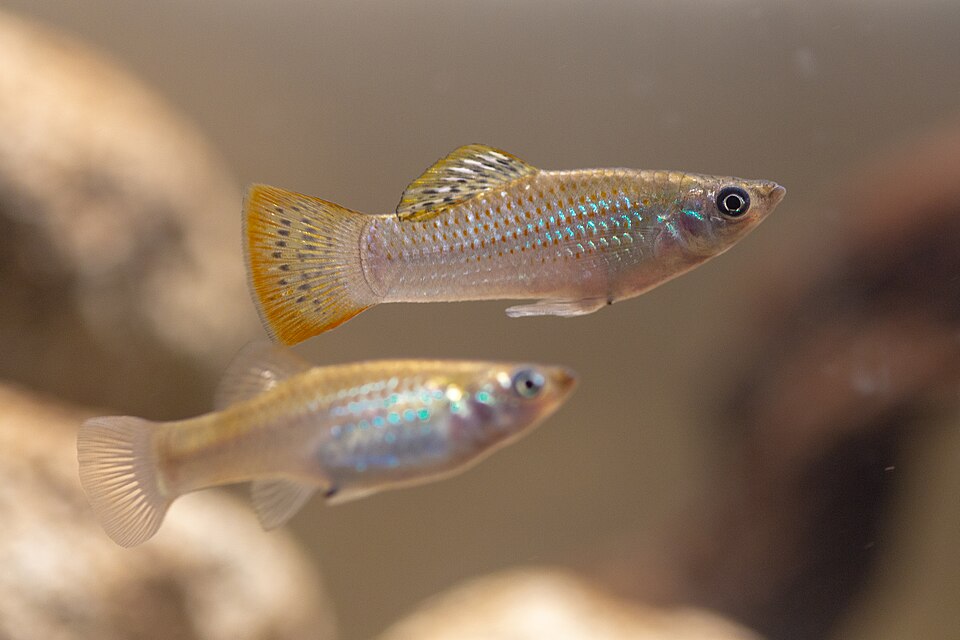
Leave a Reply